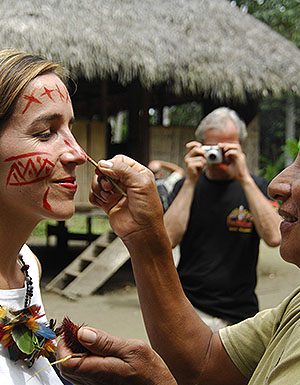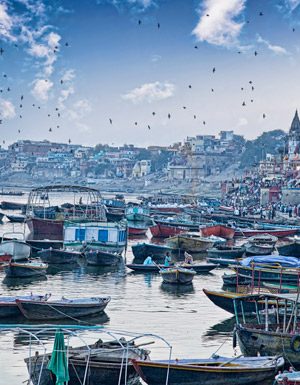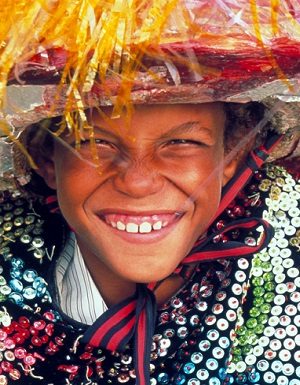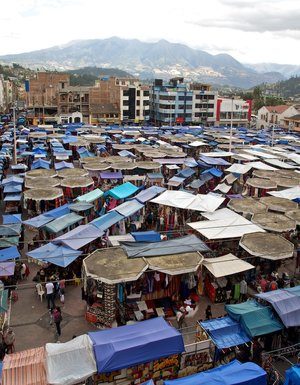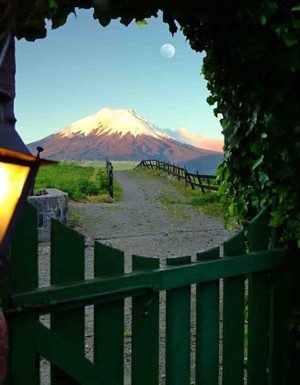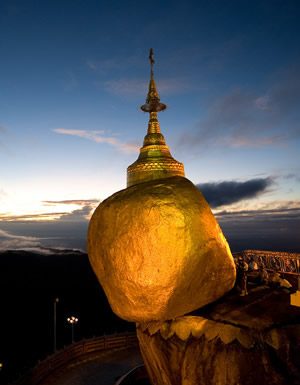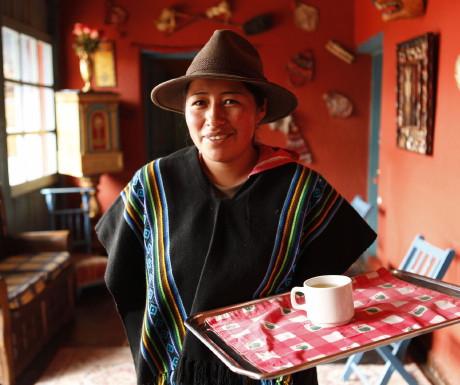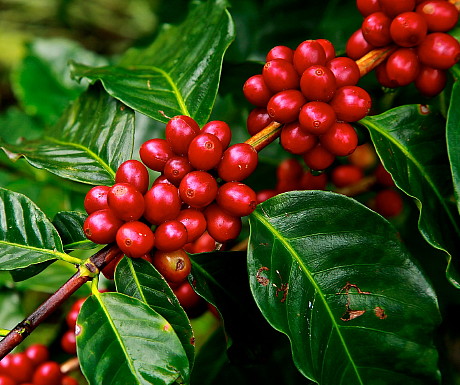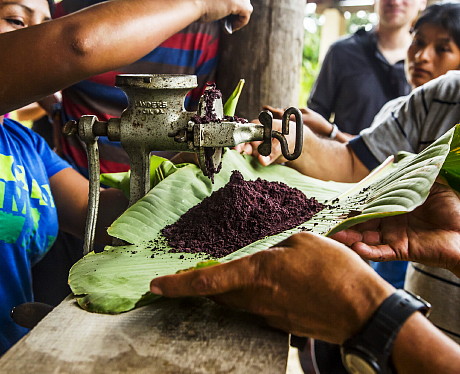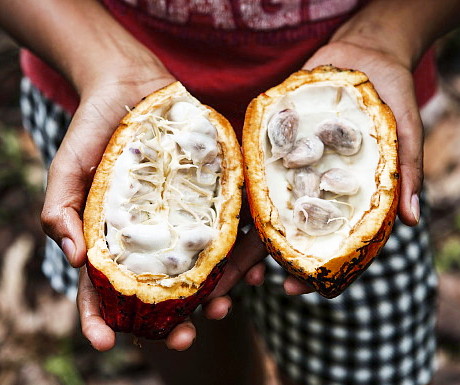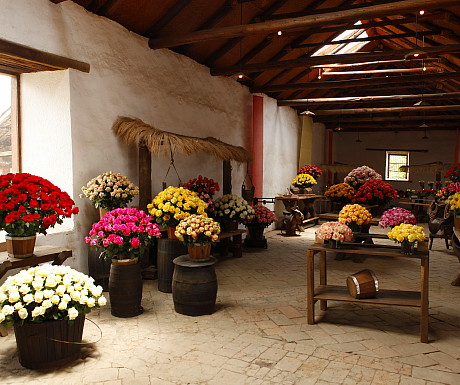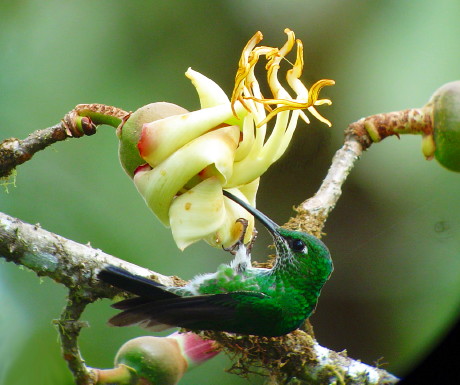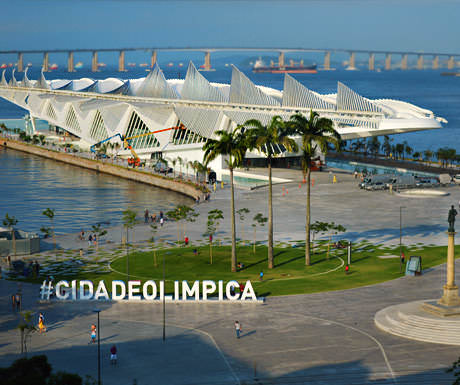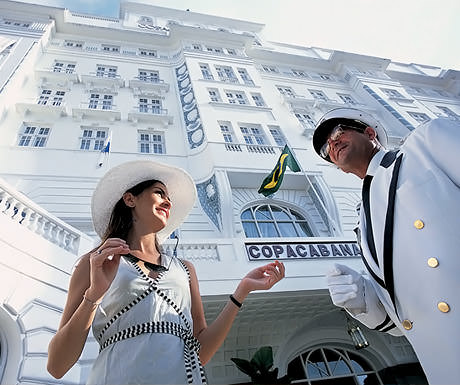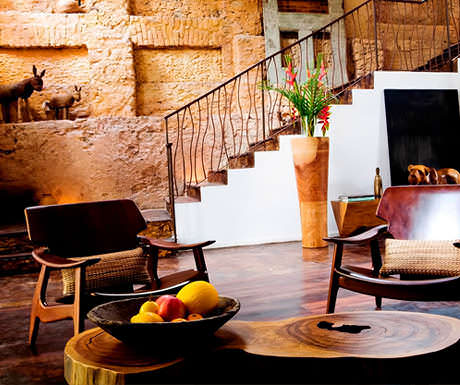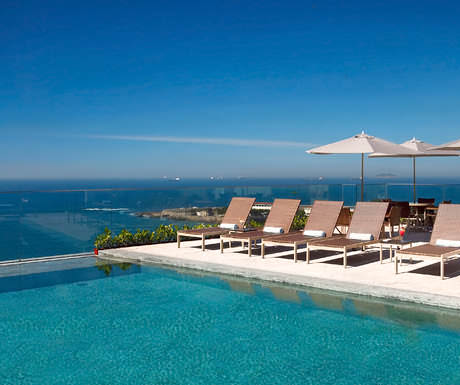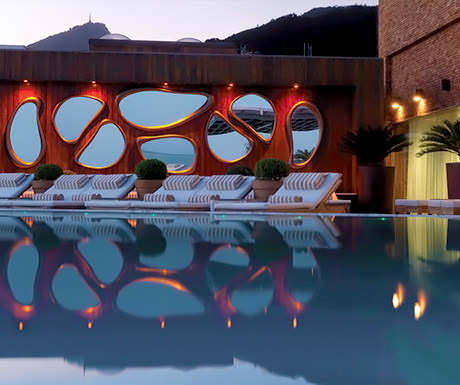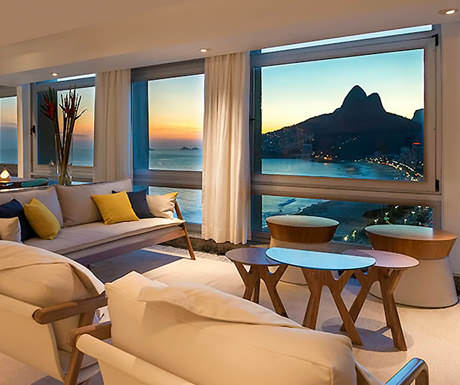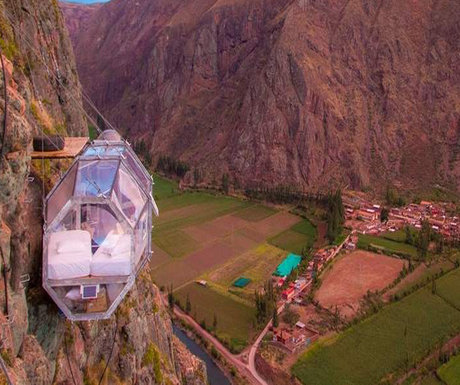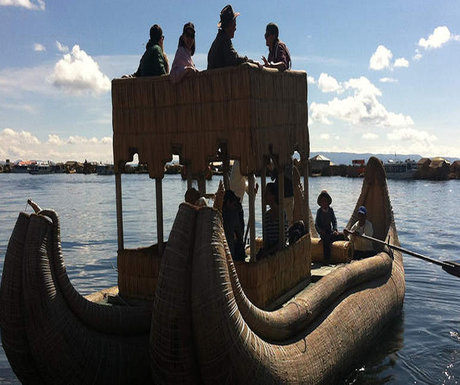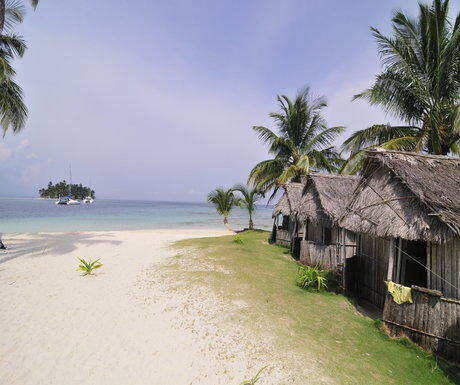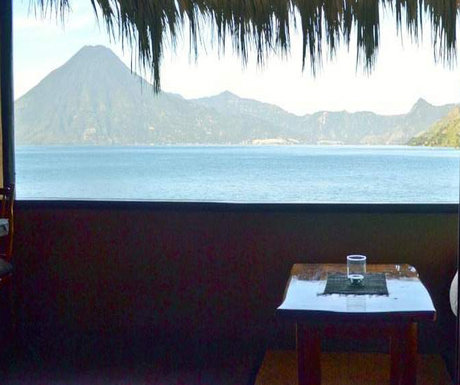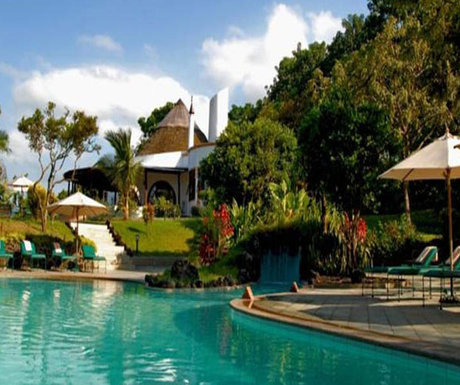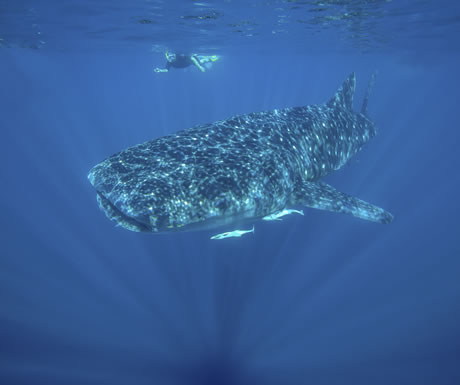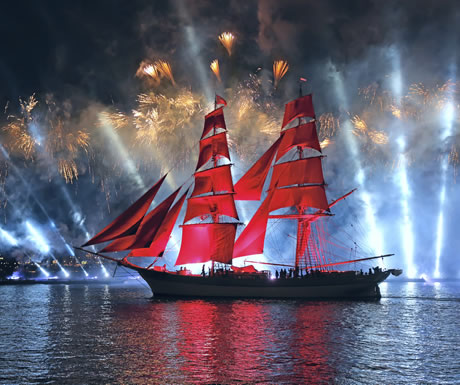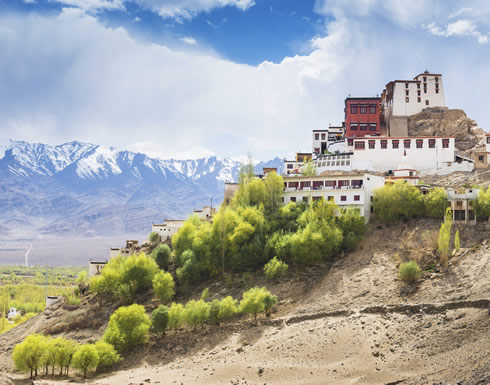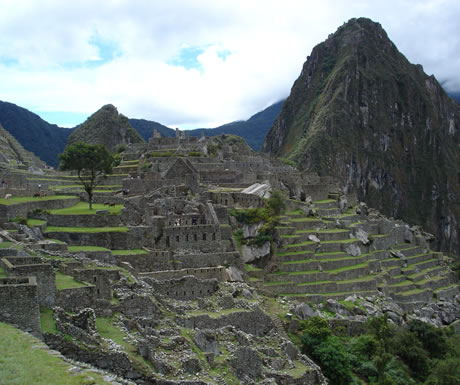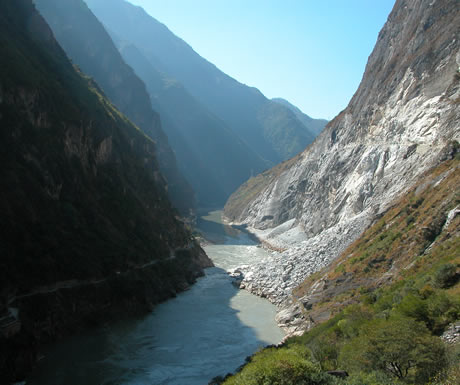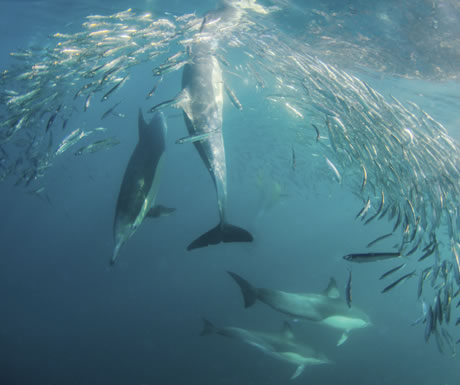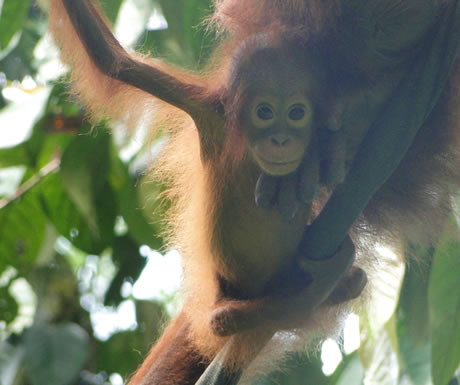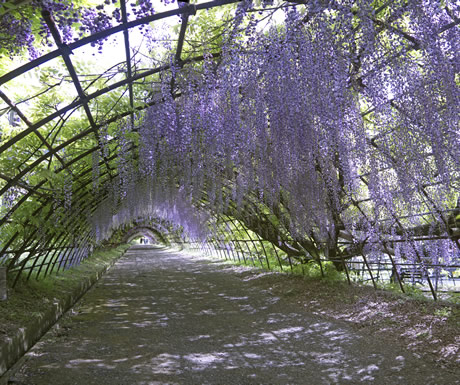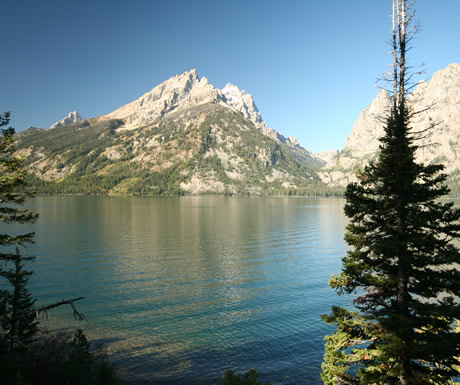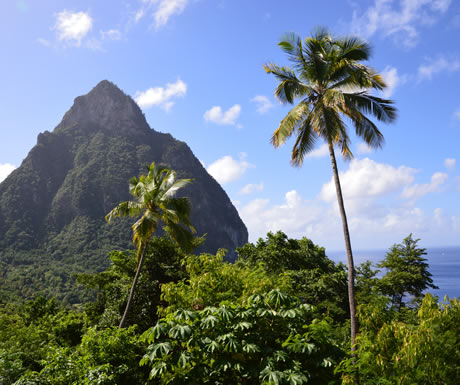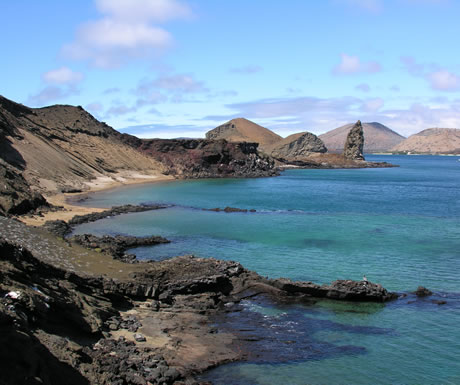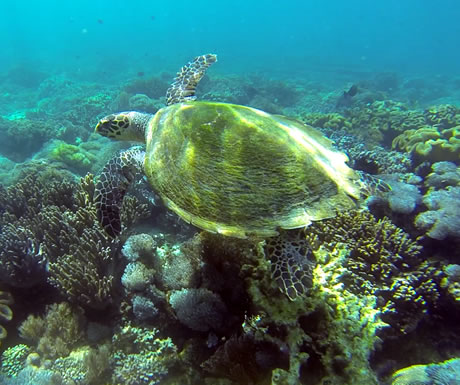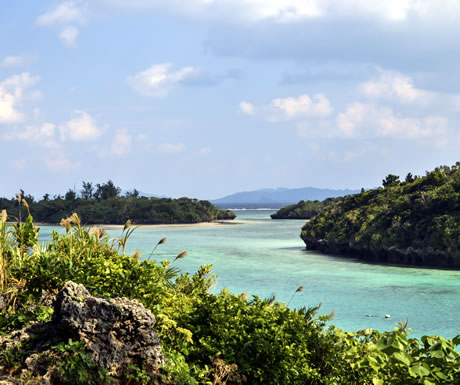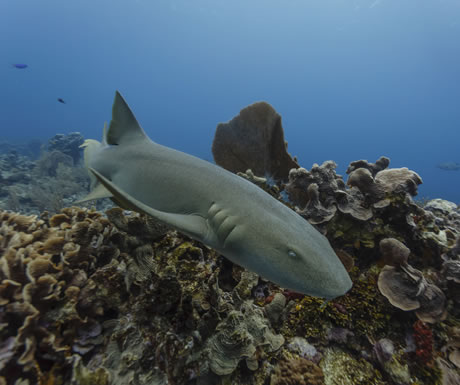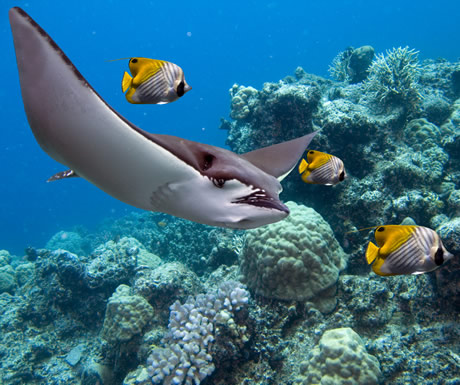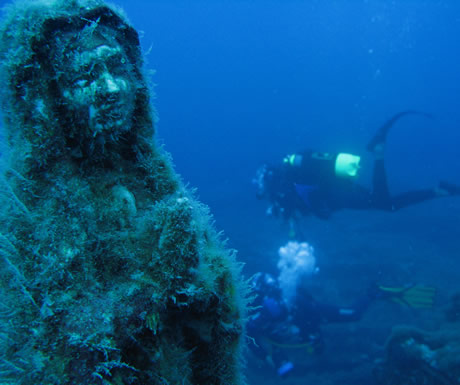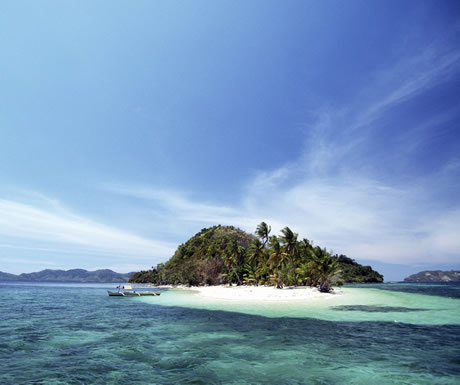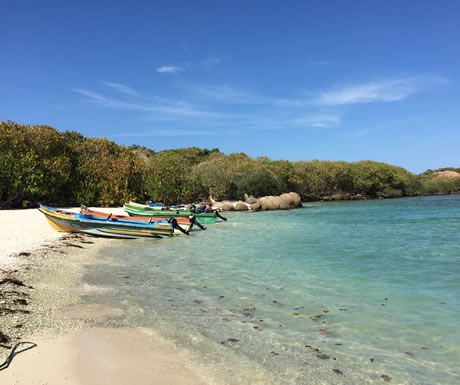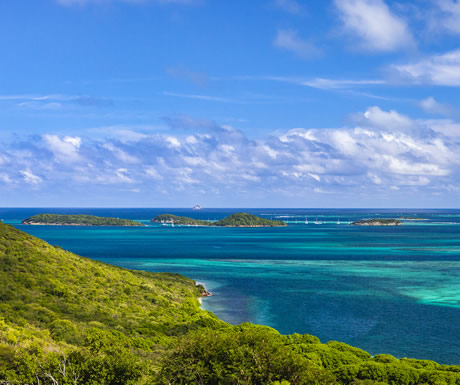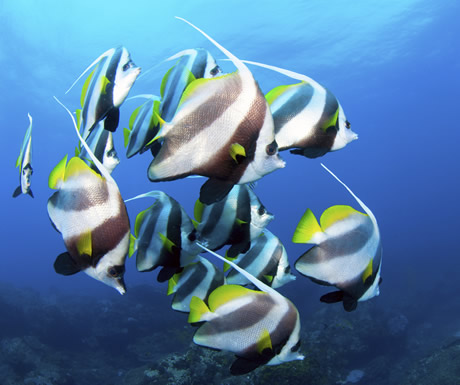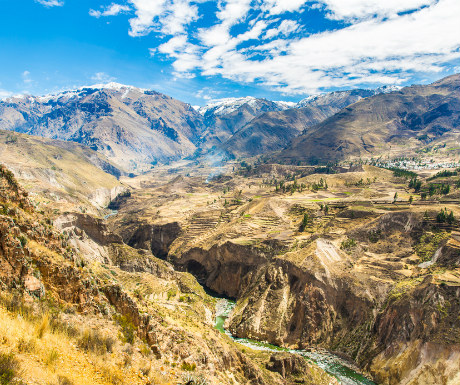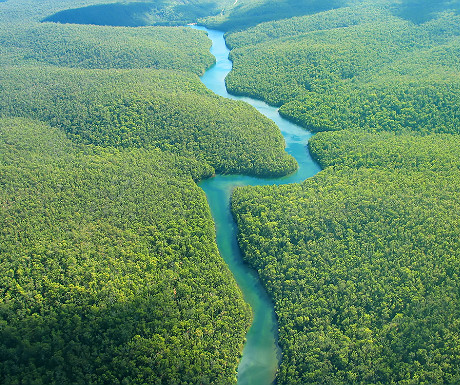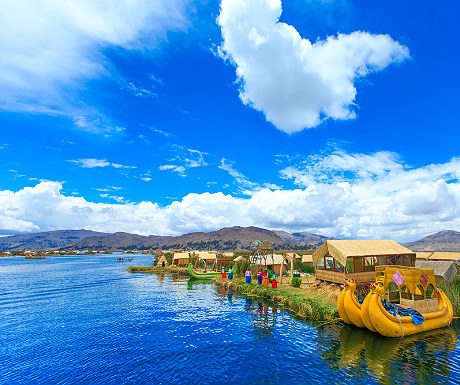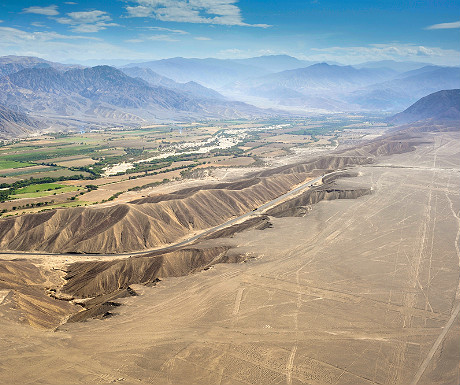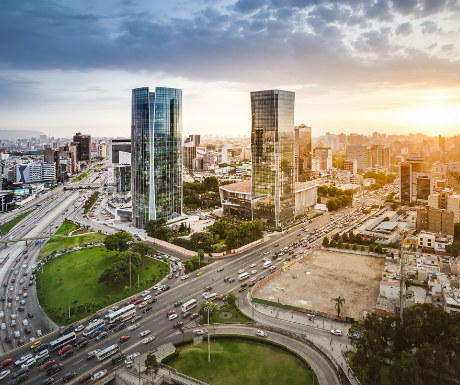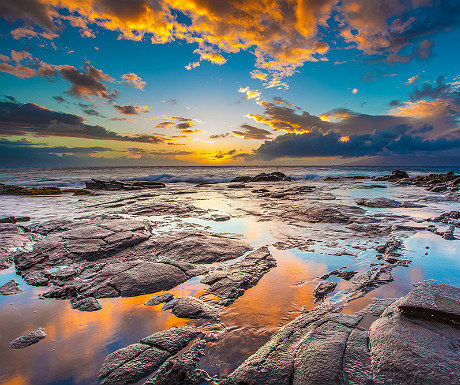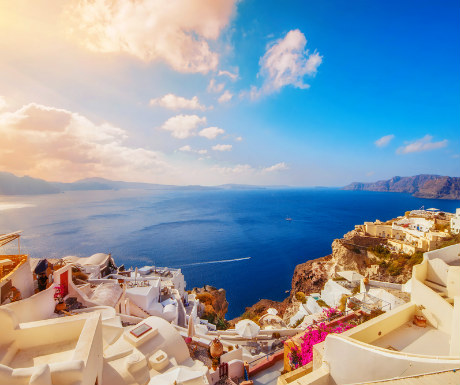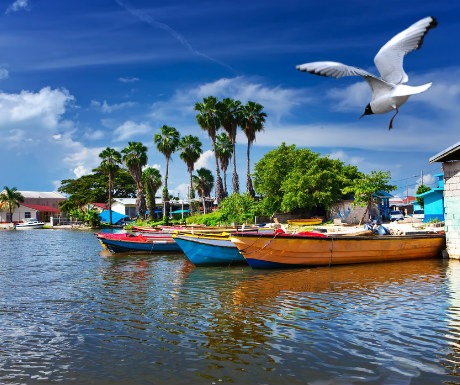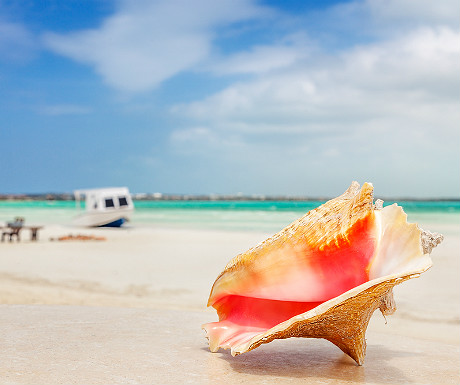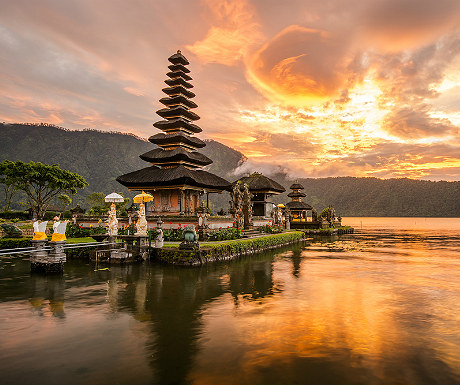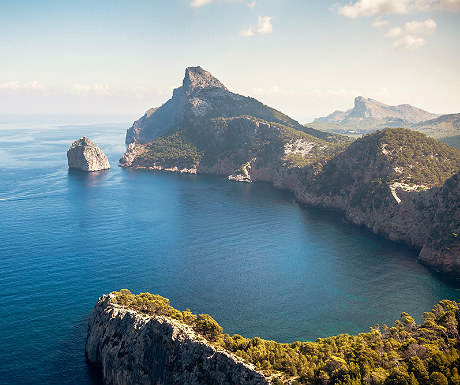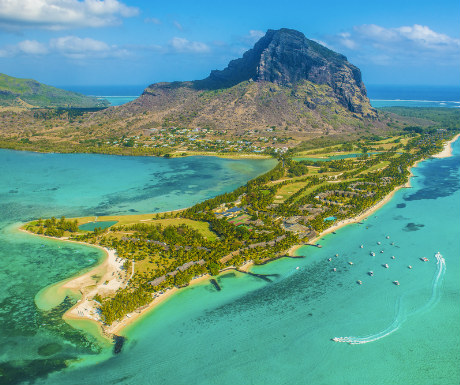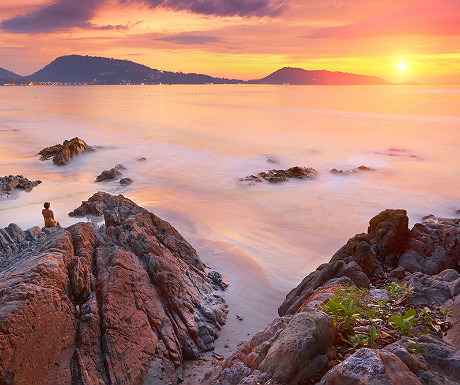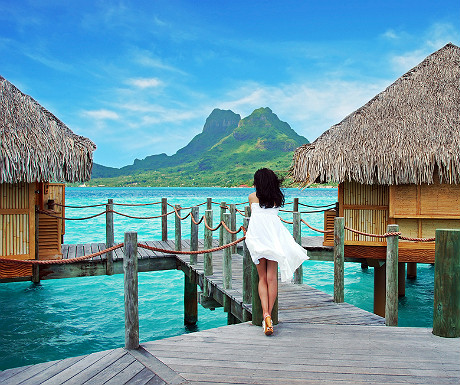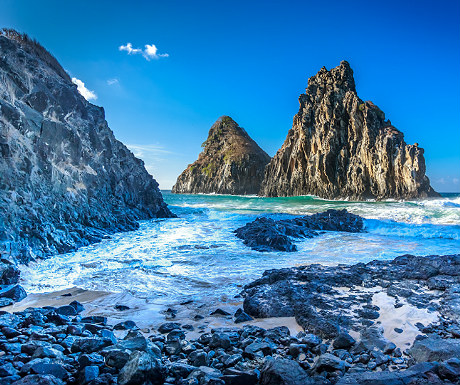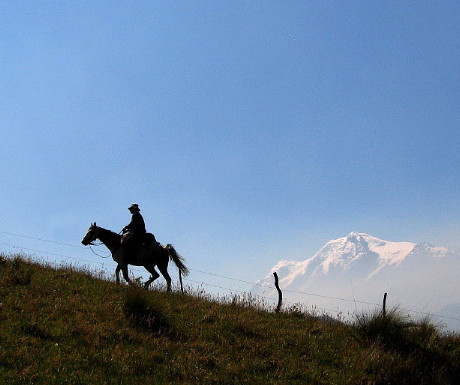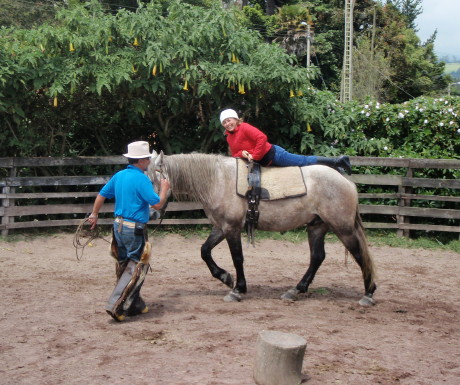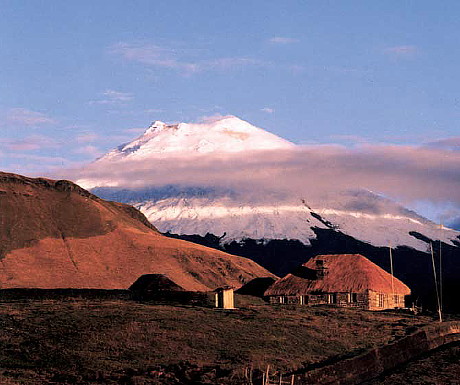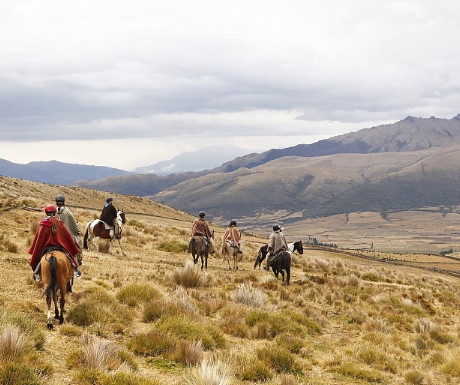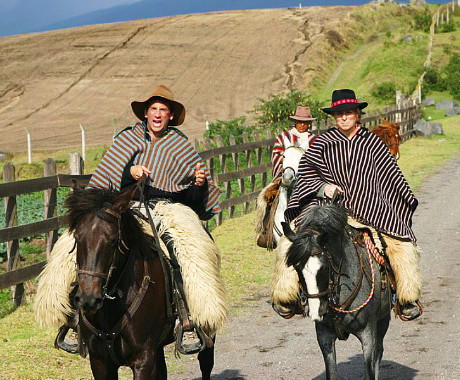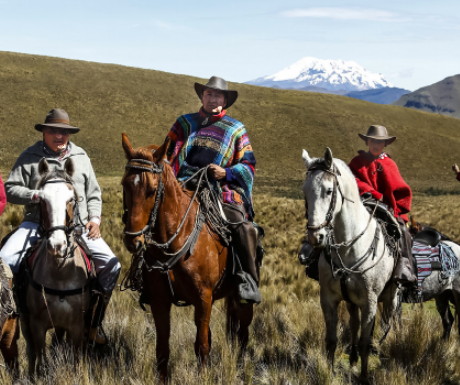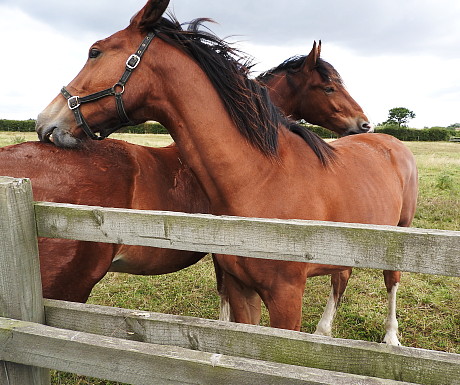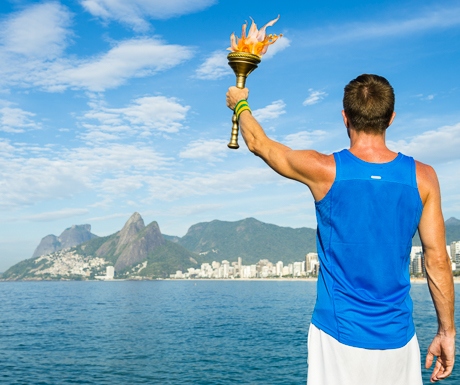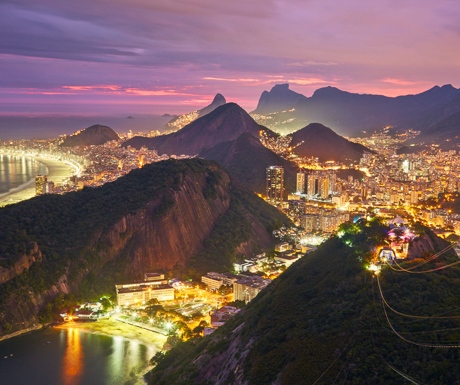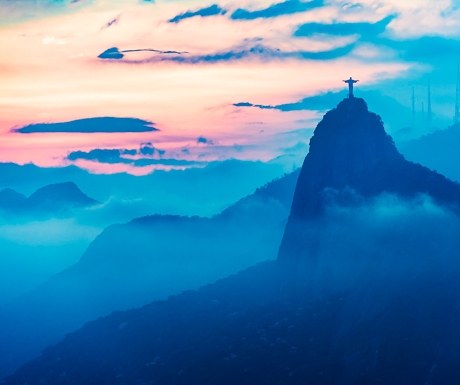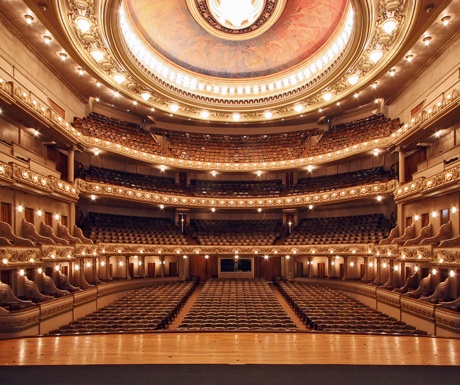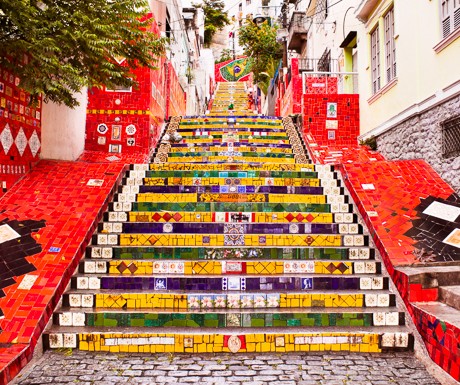Brazil, known for its energy, beauty, life, and passion, is a top place to travel, and an even better travel destination for celebrations. Between the music, food, decorations, and dance, celebrations showcase a countrys culture, so there is no better way to experience the life and culture of Brazil than through participating in one of its celebrations. Dont worry, Brazil is not lacking in celebrations! And Brazilians know how to party. The country celebrates tons of holidays and festivals throughout the year. Of all of the celebrations, here are the top 5 Brazilian festivals that are guaranteed to bring out the countrys energy, beauty, life and passion.
1. Carnival
The most popular party in the world, Carnival is celebrated in many countries, but it is in Brazil that you find the worlds biggest celebration. The world convenes, Brazilians and foreigners take over the streets in huge parades, over a million people dress in costumes, musicians play on the streets, and famous, luxurious mask parties are held in the parlors of the best hotels in Rio. Lasting 5 days, this party offers plenty of places to see and be seen.
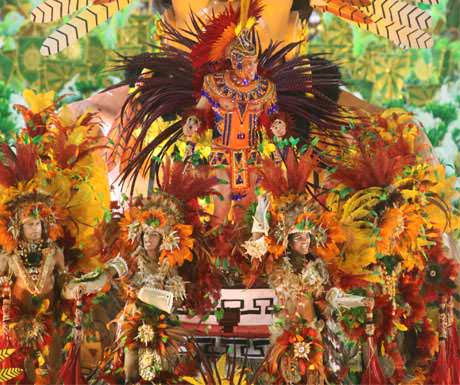
Luxury tip: Book a private box for the Carnival Parade (Sambodromo). From the private box, called a Camarote in Portuguese, you can enjoy a view from the top in a special air-conditioned space away from the crowd below. The boxes include the best of Brazilian cuisine, themed decorations, and opportunities to spot and perhaps mingle with celebrities through access to the V.I.P. group spaces.
2. The Opening of the Rio 2016 Olympic Games
If you had the opportunity to watch the closing ceremony of the 2012 Olympic Games in London, you may remember a little bit of Rios teaser demonstration and can begin to imagine how thrilling the opening ceremony of the 2016 Olympic Games in Rio will be. Sure to be full of brilliant colors, samba, driving rhythm, happiness, and stories of the vast and contrasting regions of Brazil, the country is eager to to share 500 years of amazing history with spectators. Be in the beautiful newly renovated Maracana stadium to experience the energy, excitement, and joy incomparable to watching this event of a lifetime at home.
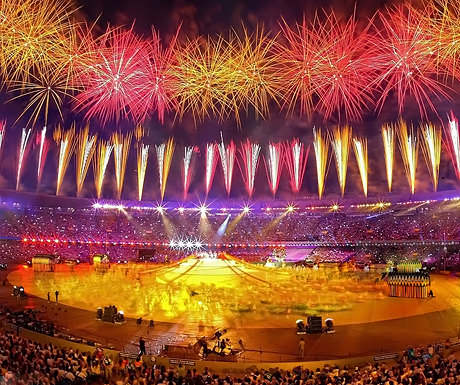
Luxury tip: After the amazing renovations, the Maracana stadium now offers incredible views from private boxes where you can enjoy Brazilian cuisine, reserved areas, privacy and sophistication.
3. Réveillon de Copacabana, Rio de Janeiro
This giant New Years Eve celebration at Copacabana Beach hosts almost 2 million people every year for a reason. Friends and families from all over gather to welcome a new year together on this warm, beautiful night on the beach. The celebration, sponsored by the city of Rio, features a stage on the beach with bands from a variety of genres, and at midnight, spectators awe at the fireworks that span the entire coastline, synchronized to powerfully evocative music. Everyone celebrates the new year together and many stay at the beach until the sun comes up to also say hello to the first sunrise of the year! Welcome the sun with a bottle of champagne accompanied with family, friends, or a loved one.
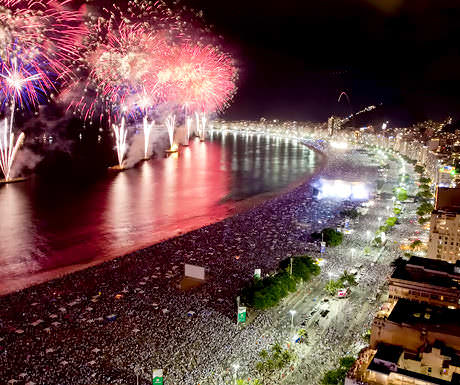
Luxury tip: Book an Oceanfront suite at a 5 star hotel in Copacabana. From here you can overlook the party from the balcony of your accommodation or celebrate on the rooftop of the hotel. Many exquisite, chic, private parties are hosted at the hotels and prepared for this special occasion.
4. Festa Juninha, Campina Grande, Sao Joao
The 2nd most important and popular celebration in Brazil after Carnival, Festa Juninha (June Festival), also called Saint Johns Party, is a traditional festival that commences the Brazilian winter in June. The festival also commemorates some of the most famous Catholic saints (Saint Anthony, Saint John and Saint Peter). The festival honors rain, the harvest season, and marital union. Visitors celebrate from mid- June until the end of July and in some cities, festivities even continue until late August. If you participate in the festival, be sure to eat one of delicious main dishes and drinks prepared especially for this season. Dress up like a farmer, enjoy a bonfire and dance the quadrille (a dance to recall and re enact a humorous Brazilian folktale involving a bride that gets pregnant before the marriage and her father, the Major, who forces the drunken groom to marry his ugly daughter and save the family’s honor).This festival is full of culture, history, and fun! More at: http://saojoaodecampina.com.br/
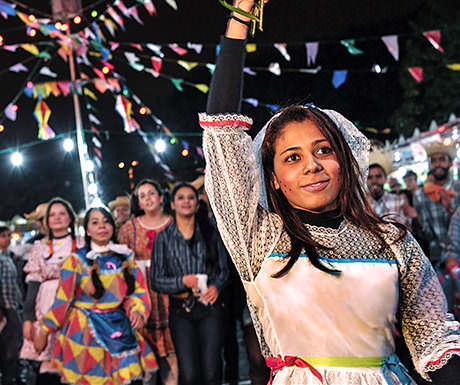
Luxury tip: Book a luxury Oceanfront bungalow at Nannai Beach resort and a private guide to take you to this amazing party. After the party and dancing all night long, enjoy the pool inside your bungalow to relax and recover.
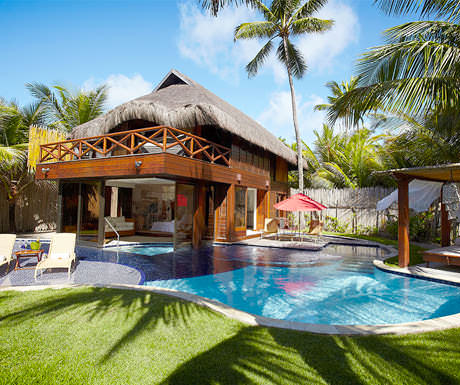
5. Festival Parintins in the Amazon
This incredible, 3- day party happens in the middle of the Amazon Rain Forest. Always celebrated the last week in June, in the city of Parintins (in the Amazon), the celebration is a folk festival marked by a performance competition between two associations. The event takes place in Bumbódromo stadium with a capacity for 35,000 spectators. The show revolves around themes connected to the stories and rituals by the natives. The plot always involves an ox, the symbol of the party, and a few other regional figures. The ox is killed by Father Francisco to satisfy the desire of his wife, Mother Catirina, who is expecting his child. His master finds out what happened to the animal, the most beautiful of the flock, and sends for the servant. Both a priest and shaman are called, and revive the animal. Francisco and his wife receive forgiveness and everyone celebrates! Tourists are enchanted not only by the parties, but with the local culture, handicrafts produced by the natives, and specific dishes from this region.
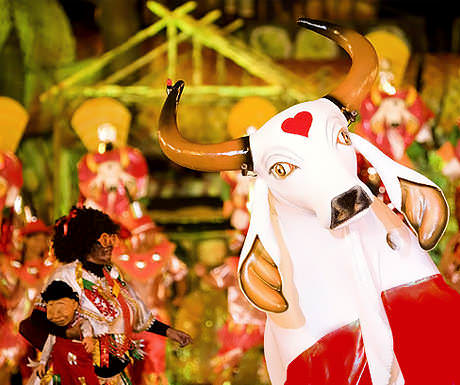
Luxury tip: Book a luxury suite on a private yacht to travel to Parintins and experience the lively festival for 3 days in the Amazon. The luxury Amazon yacht provides all the amenities and comfort you deserve to have an unforgettable adventure and cultural experience in the middle of the rainforest in Brazil.
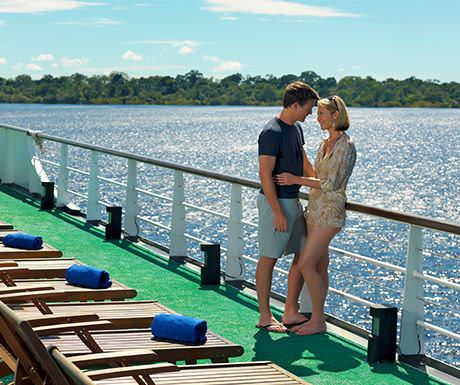
If you want to escape everything and immerse yourself in a colorful, vivid, lively culture, visit one of the Brazilian festivals and be a part of the celebration. Brazilians love to share their culture and will be happy to share their special day with you. Whether you decide to take part in the rhythms of Carnival, characterizations of Festa Junina, soak in the sights and sounds of New Years Eve on Copacabana Beach, or put them all on your bucket list, you are sure to experience plenty of fun, culture, and exciting memories.
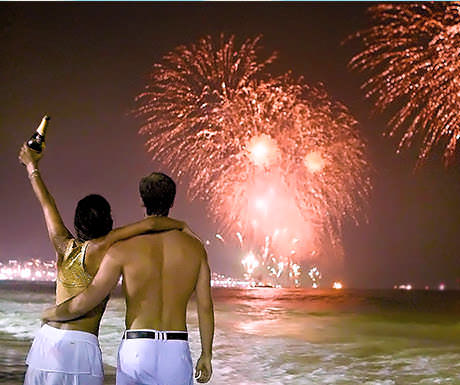
Luiz Alegre Silva is the Founder at See You in Brazil.
If you would like to be a guest blogger on A Luxury Travel Blog in order to raise your profile, please contact us.


